 |
| Designers Christian Brandt, Jesper Hermann. |
Last month, Danish automotive company HBH announced the development of a mid-engined Aston Martin supercar. We talked to their Head of Design, Christian Brandt, about the creative process and the influence of Aston Martin’s design heritage.
Mr. Brandt, what was the idea behind the design of your supercar and how does the actual design process work?
The concept of the car is to unify the Aston Martin Le Mans race cars with the design and luxury of the Aston Martin road cars. The overall design idea has been to apply timeless Aston Martin styling to the new mid-engined layout of the supercar. We always start our creative process by defining a concept – and this is done without making a single sketch. We discuss the design in theory and work out a conceptual framework to ensure we know exactly what we want to do when we start the visual process. Via this process we have created a design that is true to the timeless Aston design heritage. We have created our own independent design for this car, yet one that is clearly an HBH design: modern yet classic, aggressive yet elegant.
How does the centrally mounted engine influence the design?
All production Aston Martins have a front-engined layout – and aside from the LMP1 race cars, the only mid-engined Aston ever made was the 1979 Bulldog concept. The proportions and the design of the road cars are a consequence of the front-engined layout, the long front and shorter, muscular rear of the DB9, for example, emphasising the engine position. Repositioning the engine therefore meant rethinking the volumes of the body: reducing the visual weight of the front and increasing it in the centre.
In what way have you been influenced by the Aston Martin design heritage?
The design of the supercar has elements from a number of historic Aston Martins. It is significantly lower, longer and wider than the Vantage V12, which we use as a donor car, and the wheels are pushed further up into the body, resulting in the muscular volumes over each wheel inspired by the beautiful wings of the DBR1. The front grille is an interpretation of the grille of the DB3. The grille emphasises the supercar pedigree: much bigger and wider than we normally see on Aston Martin road cars. The rear end features a Kamm-tail design inspired by the DB6. This solution optimises drag and high-speed stability and at the same time creates a visual link to the DBR9 race cars.
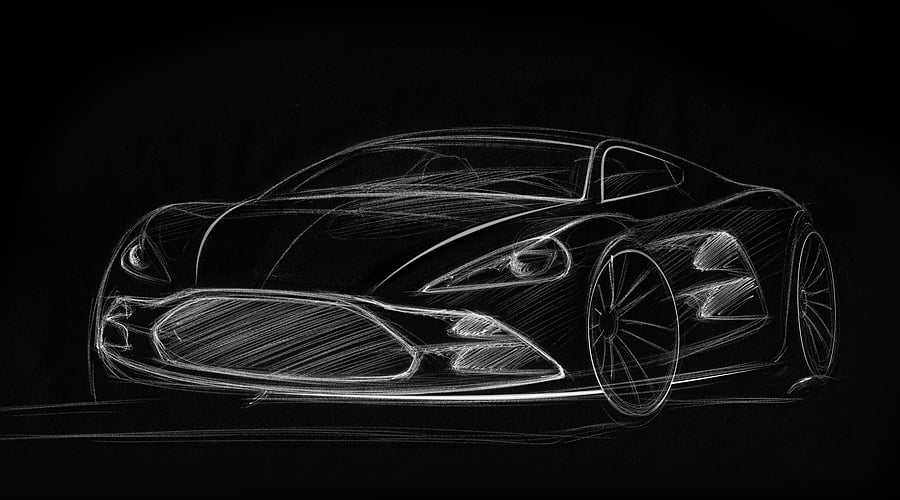
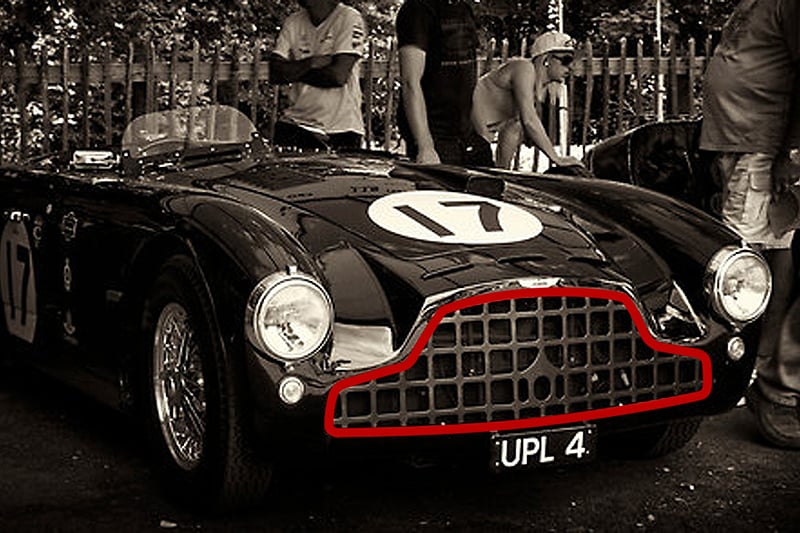
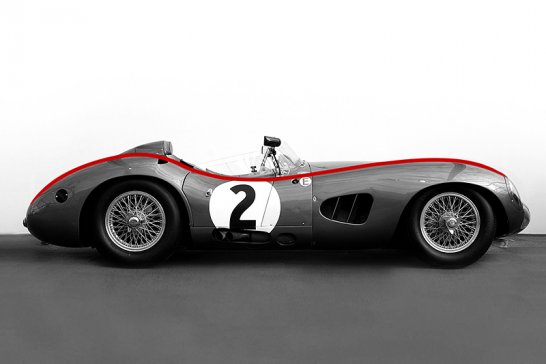
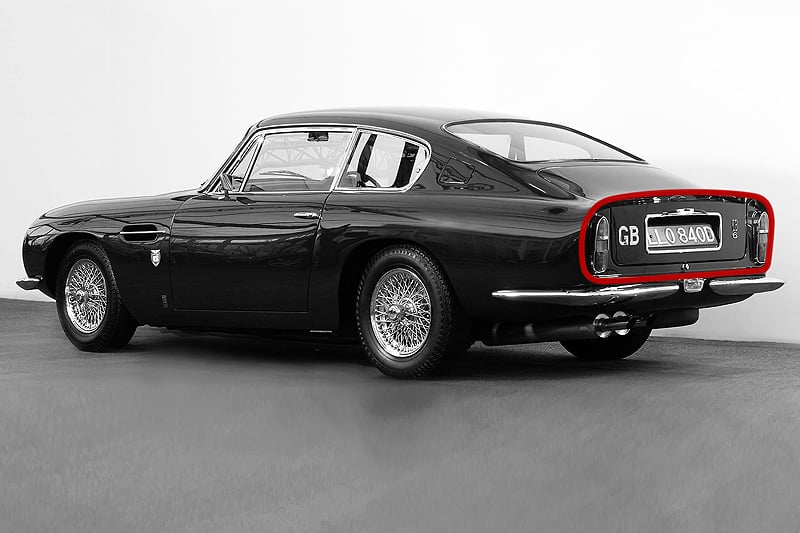
How important is the body design for a one-off supercar project like this?
The design is extremely important for the car and the whole project. It is evident that production quality and the technical solutions need to be on a very high level but the look of the car, the road appearance and the design create the identity and value of the car. We know that good design creates value for the owner: both when it comes to the satisfaction of having and driving the car, and also from a financial point of view. Some of the most beautiful cars in the world are also some of the most valuable. We believe that this car will not only be a fantastic car to own as a driver or a collector – but also as an investor.
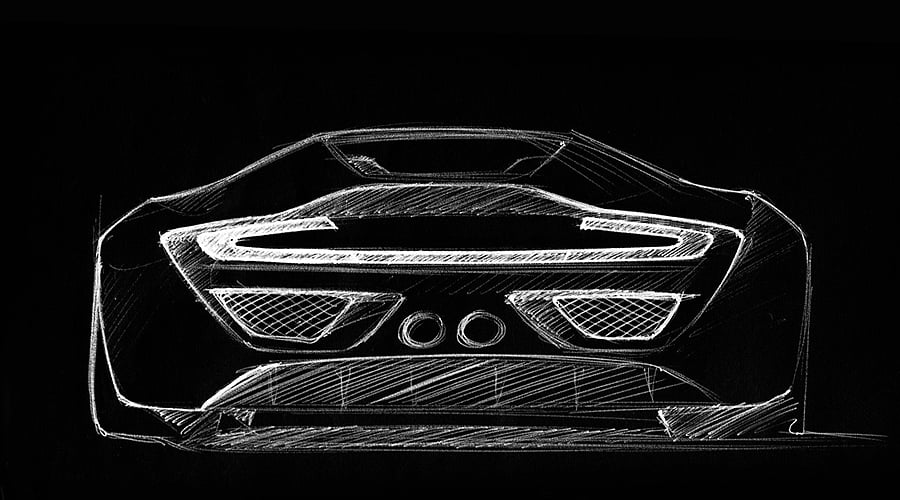
Are you trying to send a message to the Aston Martin design team?
Not at all. As mentioned earlier, our car is meant as a tribute to Aston Martin and the Aston design. It is not for us to tell Aston Martin how to design its cars. What we are doing here is setting our own technical and design standards based on Aston’s already fantastic designs, but of course we hope that this car will be a kind of milestone in Aston Martin design history. We believe that among current Aston owners, and among car enthusiasts in general, there are individuals who would like to have a V12 mid-engined supercar with a unique design and a lot of Aston Martin DNA.
Interview: Classic Driver
ClassicInside - The Classic Driver Newsletter
Free Subscription!





